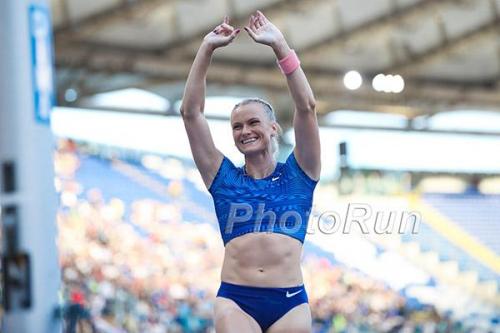 Katie Nageotte, photo by PhotoRun.net
Katie Nageotte, photo by PhotoRun.net
So, Stuart Weir wrote this piece on the pole vault and the technical nature of the event. Stuart also enjoys the athletes who compete in the vault and how they compete with each other.
RelatedPosts
The women’s PV
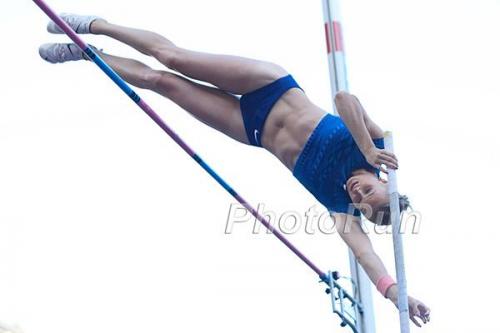 Katie Nageotte, photo by PhotoRun.net
Katie Nageotte, photo by PhotoRun.net
I blame Katie Nageotte. Yes, it is all her fault that have become obsessed with the technicalities of the pole vault. Sally Peake also bears some responsibility! I met Katie in Doha in 2017. I wrote about the encounter at https://www.runblogrun.com/2017/05/the-loneliness-of-the-long-distance-pole-vaulter-by-stuart-weir.html
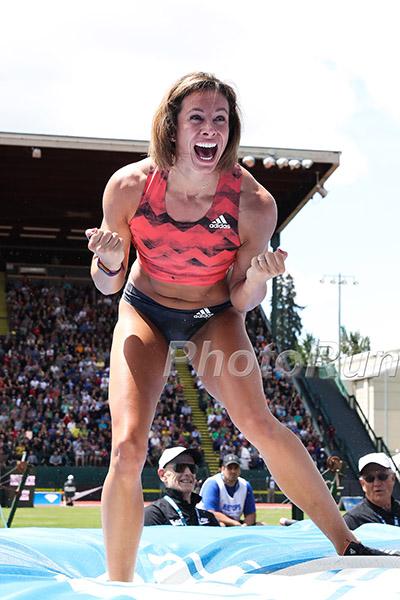 Jenn Suhr, photo by Photorun.net
Jenn Suhr, photo by Photorun.net
Since then I have learned to ask more intelligent questions like “How many poles have you brought?” and “Did you use them all?” I have learned what a technical event it is – not just running and jumping.
The pole vault competition in Rome last week was exciting but frustrating. 13 jumpers started, two recorded a No Mark, including the 2012 Olympic Champion, Jennifer Suhr. Ten athletes cleared 4.56; six cleared 4.66 but none at the first attempt. Only Angelica Bengtsson of Sweden cleared 4.76 for a new national record. Positions 2-6 had all jumped 4.66 with placings allocated on the number of failures. I know it is the rules and you have to do something but it never seems quite satisfactory really. If two 1500m runners finish dead level, you don’t award victory to the one who was leading for longest!
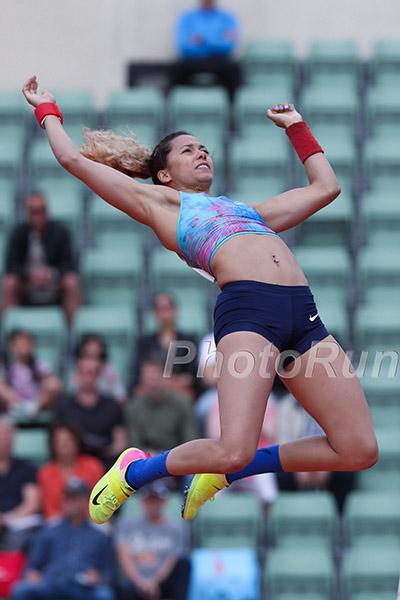 Angelica Bengsston, photo by PhotoRun.net
Angelica Bengsston, photo by PhotoRun.net
Bengtsson said afterwards: “When I had two failures at 4.66, I was stressed but tried to remain calm, and to think that it was not so important to win. The field was like a World Championship final. I hope today was the first step to becoming more confident and to competing with the world’s strongest vaulters”.
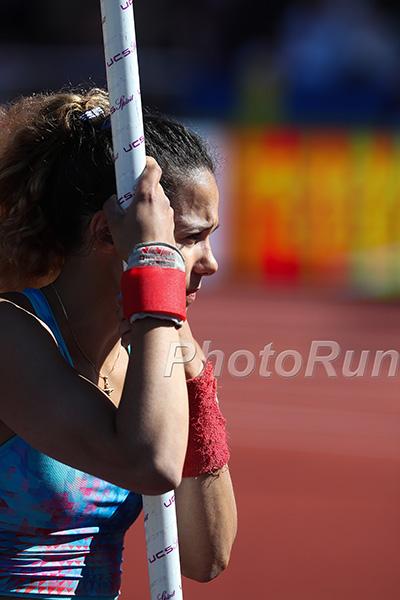 Angelica Bengsston, photo by PhotoRun.net
Angelica Bengsston, photo by PhotoRun.net
In second place was Sandi Morris, who explained that she was battling some technical details: “Today was an experimental day as I was trying some new poles, so I had to idea what to expect. The way the new poles bend felt a little different., the timing was a little bit different because they have a longer bend than my other poles. Now I have a decision: do I keep trying them or do I say that they are not right for me and go back to my other poles? There are so many adjustments you can make in the pole vault and it can be daunting to work out which ones, especially as I was out there without a coach”. Did I mention that the pole vault is a very technical event?
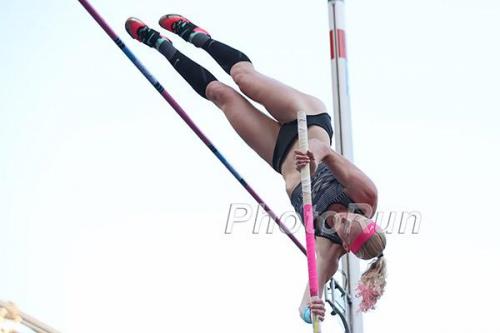 Sandi Morris, photo by PhotoRun.net
Sandi Morris, photo by PhotoRun.net
Sandi also mentioned that she and her rival Katie Nageotte were helping each other during the competition – watching each other’s jumps and giving feedback. This kind of camaraderie seems unique to the pole vault.
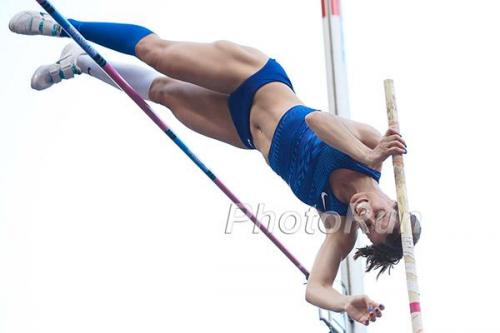 Ekaterina Stefanidi, photo by PhotoRun.net
Ekaterina Stefanidi, photo by PhotoRun.net
One of the vaulters on 4.66 was Katerina Stefanidi, reigning world and Olympic champion, who felt that the long 2019 season would help her: “I would almost say that it is an advantage for me because it often takes me a little while to get used to the longer poles after the indoor competitions. So having an extra month to the 2019 season should allow me to do some extra competitions, to be a little bit more consistent and maybe to get the world record. In the last three years I think the only thing I’m missing in getting the world record is the grip. I’m using the same pole as Isinbaeva but am gripping lower. And every year I get closer to my dream but this year I have an extra month or maybe a little more so it may get us nearer to five meters or even beyond”.
 Sally Peake, photo by PhotoRun.net
Sally Peake, photo by PhotoRun.net
In 2014 at the Commonwealth Games I watched Sally Peake win a silver medal in the Commonwealth Games on the wettest day ever, showing immense courage, technique and judgement to manage the competition brilliantly in conditions which, in Sally’s words, “made a dangerous activity even more dangerous”. I have also appreciated Sally’s willingness on a number of occasions to explain the intricacies of the event to me. Now when is the next pole vault competition?
Author

Since 2015, Stuart Weir has written for RunBlogRun. He attends about 20 events a year including all most global championships and Diamond Leagues. He enjoys finding the quirky and obscure story.
View all posts




















